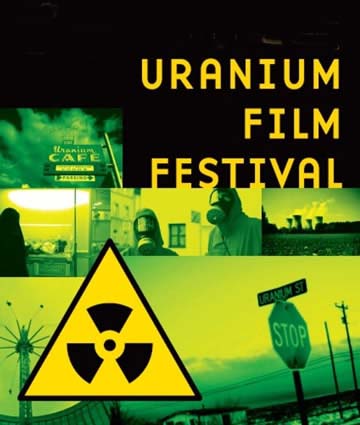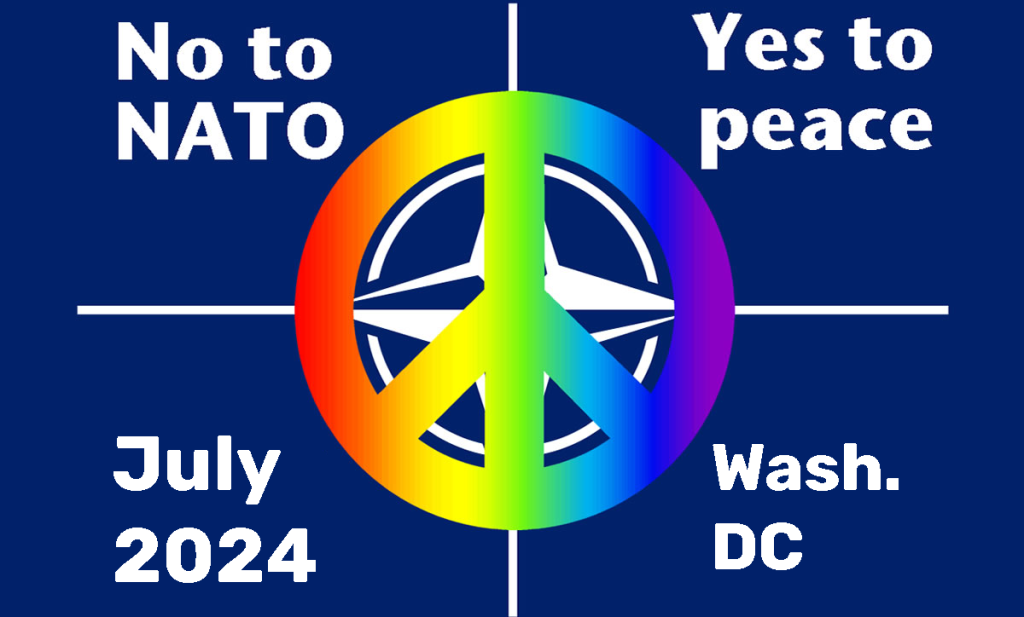Europe shows how to cut demand for energy use

Europe’s energy sacrifices: the winter test of resolve. From Finland to
France, citizens are reducing their power consumption. Can a drop in
temperatures break that collective resilience? Prices across the bloc have
been sky high, even if they have come down since a sharp rise in August
Entire swaths of industry — notably steel and chemical manufacturers —
have cut production, while governments have poured more than €700bn into
subsidies and financial support, according to the Brussels-based think-tank
Bruegel.
Data from Eurostat show that household gas bills dramatically
increased in almost all of the EU’s 27 member states in the first half of
the year with some, such as Estonia and Bulgaria, shouldering more than
double last year’s cost.
Broad estimates for the reduction in gas use
across Europe hover at around 15 per cent in the second half of this year,
in line with a commitment by EU governments in July to voluntarily cut
demand by that amount. Much of the savings have come from “demand
destruction” among industrial users that have shut down production but
that should not negate household and community efforts, says Henning
Gloystein, director of energy, climate and resources at Eurasia Group.
Even if consumer demand is “super volatile across Europe, depending almost
entirely on the weather”, he says, “the heating of households and small
businesses is the biggest part of gas consumption each winter and if we
can’t solve that we are screwed.”
In Germany, which received more than
half of its gas from Russia in 2021, a concerted government campaign to cut
energy consumption has filtered down through city authorities. Lights in
public buildings have been dimmed, temperatures in sports facilities
lowered to 17C, hot water has been switched off in public buildings and
heating of municipal buildings in major cities cut to a minimum.
In France, where the situation is made more challenging by the closure of almost half
of its nuclear power fleet for maintenance, monuments such as the Eiffel
Tower and the Palace of Versailles now stand in darkness for most of the
night and the shop windows of luxury stores belonging to the LVMH
conglomerate, including Louis Vuitton on the Champs Elysées, are now
dimmed from around 10pm.
FT 30th Dec 2022
https://www.ft.com/content/6e08003e-5de0-4707-93c3-43b64480443e
No comments yet.
-
Archives
- May 2024 (12)
- April 2024 (367)
- March 2024 (335)
- February 2024 (345)
- January 2024 (375)
- December 2023 (333)
- November 2023 (342)
- October 2023 (366)
- September 2023 (353)
- August 2023 (356)
- July 2023 (362)
- June 2023 (324)
-
Categories
- 1
- 1 NUCLEAR ISSUES
- business and costs
- climate change
- culture and arts
- ENERGY
- environment
- health
- history
- indigenous issues
- Legal
- marketing of nuclear
- media
- opposition to nuclear
- PERSONAL STORIES
- politics
- politics international
- Religion and ethics
- safety
- secrets,lies and civil liberties
- spinbuster
- technology
- Uranium
- wastes
- weapons and war
- Women
- 2 WORLD
- ACTION
- AFRICA
- Atrocities
- AUSTRALIA
- Christina's notes
- Christina's themes
- culture and arts
- Fuk 2022
- Fuk 2023
- Fukushima 2017
- Fukushima 2018
- fukushima 2019
- Fukushima 2020
- Fukushima 2021
- general
- global warming
- Humour (God we need it)
- Nuclear
- RARE EARTHS
- Reference
- resources – print
- Resources -audiovicual
- World
- World Nuclear
- YouTube
-
RSS
Entries RSS
Comments RSS




Leave a comment